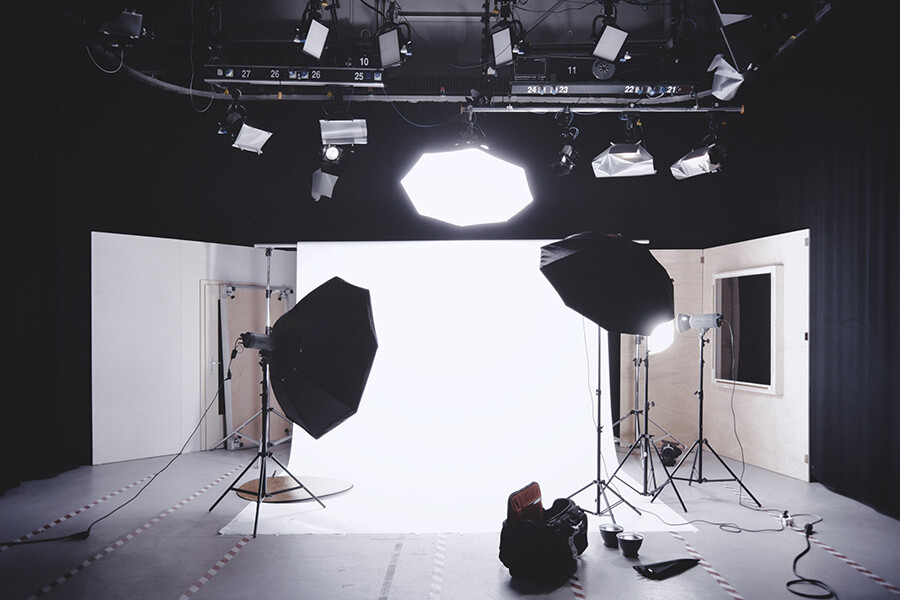- Accueil
- La recherche
- Mémoires et Travaux de fin d’études
- La série en cyanotype dans le cadre du photogramme : ontologie des usages contemporains
La série en cyanotype dans le cadre du photogramme : ontologie des usages contemporains
Auteur : DEWYNTER Louis
Directeur(s) de mémoire : Jean-Paul Gandolfo & Jacques Perconte
Photographie
Résumé : Le cyanotype peut a priori être considéré comme une simple méthode de tirage. Dans ce cas, il devient le matériaux dont le photographe s’empare à la fin de son processus de création. Mais cette seule idée semble déconnecter l’intention photographique initiale et sa concrétisation matérielle. Pourtant, utilisé comme le support du photogramme, le moment de l’acquisition et celui de la restitution se mettent à coïncider. Ce premier cadre permet d’envisager le cyanotype comme un médium autonome, dont on cherchera à comprendre les qualités propres. Par le biais d’une recontextualisation de sa découverte, nécessaire à la compréhension de ses premières utilisations, il se dessine les directions précises que le cyanotype empruntera. Les premiers herbiers d’Anna Atkins, tout comme l’utilisation reprographique du procédé à des fins industrielles, sont les marqueurs forts qui orienteront son utilisation jusqu’à nos jours. De par sa couleur aussi, le cyanotype montre un caractère exceptionnel dans le champs photographique. En effet, le bleu de Prusse, pigment caractéristique du procédé, n’est pas à considérer comme une couleur unique. Une étude chromatique permettra d’en apprécier les variations, tout autant que de discuter des symboliques que l’on peut encore lui prêter. Un panorama des pratiques contemporaines est finalement essentiel – il est le commencement et la finalité de ce travail – car il mettra en perspective les éléments techniques et historiques au regard des nouvelles productions. Utilisé aujourd’hui presque exclusivement de manière sérielle, le cyanotype réutilise la forme de l’herbier tout en présentant de nouvelles typologies. Ces pratiques sont les témoins d’une redéfinition constante du médium. Elles permettront d’ouvrir un accès à la définition de la série dans ce cadre, et par ce moyen même, d’en proposer une ontologie.
Mots-clés : cyanotype, photogramme, série, ontologie, médium, herbier, bleu de Prusse.
—
Abstract: The cyanotype process can be considered as a simple means of printing. In this case, it becomes the material that the photographer seizes at the end of the creative process. This idea, however, seems to disconnect the initial photographic intention and its material realization. Nevertheless, when used as the support of a photogram, the moments of acquisition and restitution begin to coincide. This first idea allows the process to be considered as an autonomous médium. In this study, we will attempt to understand what its specific qualities are. The context of the discovery of the cyanotype process is necessary to understanding its initial uses, and the precise directions that it would take. The first Atkins meadows, as well as the reprographic use of the process for industrial purposes, are the strong markers that would guide its use to the present day. Because of its color too, the cyanotype shows an exceptional nature in the photographic field. However, Prussian blue, a characteristic pigment of the process, cannot be considered as a single color. A chromatic study will help us to discern the variations, as much as to discuss the symbols we still attribute to the color. A panorama of contemporary practices is ultimately essential – it is the beginning and the completion of this work – because this will put into perspective the technical and historical elements with regard to new productions. Nowadays, the cyanotype process is almost exclusively used to produce series. The cyanotype reuses the shape of the herbarium whilst presenting new typologies. These practices constantly redefine the médium, allowing access to a definition of the series within this framework, and in so doing, propose an ontology.
Keywords: cyanotype, photogram, series, ontology, médium, herbarium, prussian blue.



